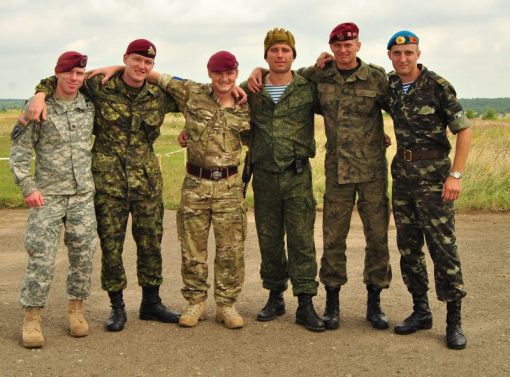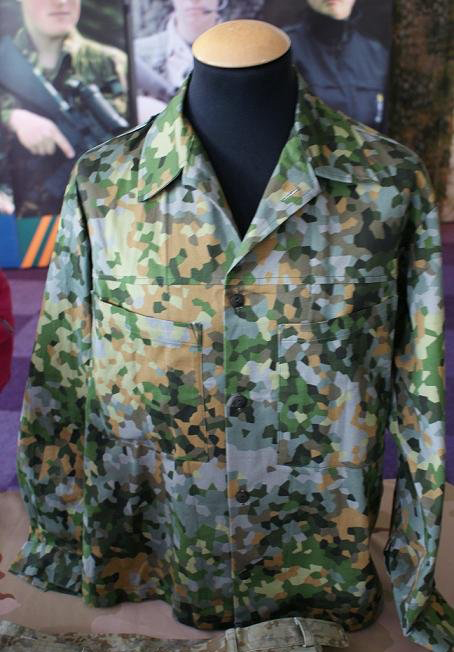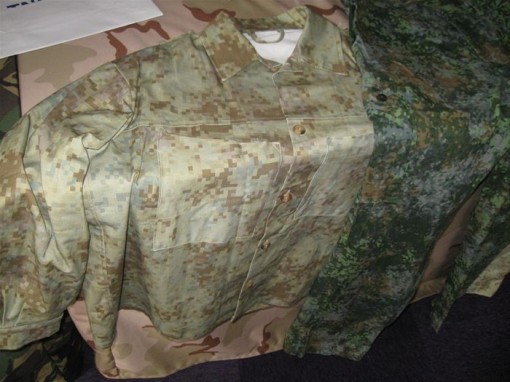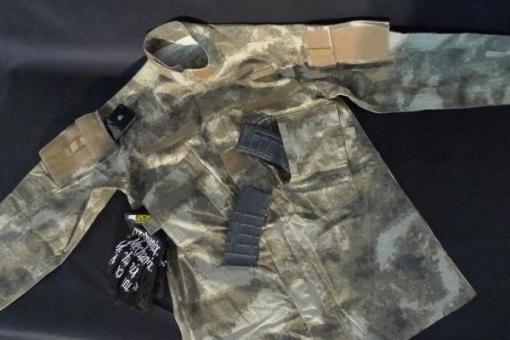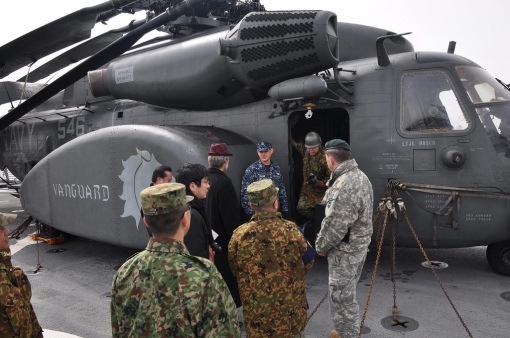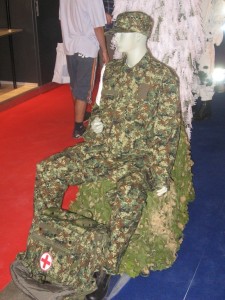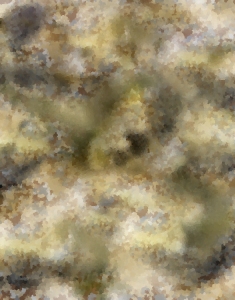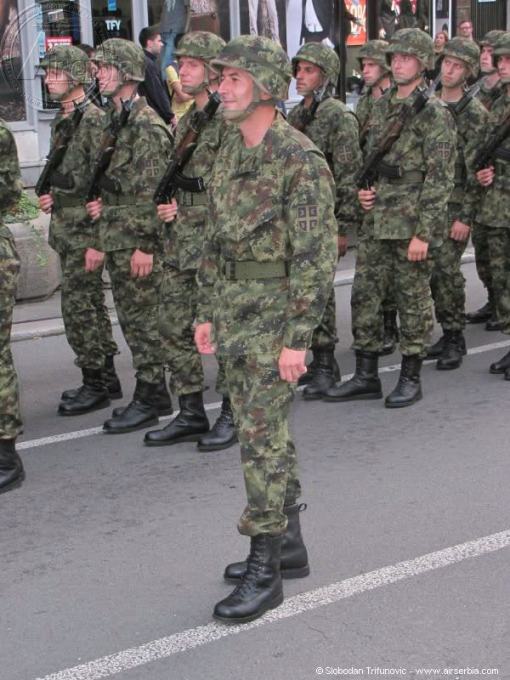Battlefield Dazzle Camouflage Disrupts Enemy’s Perception
Posted by Armed Forces International’s Defence Correspondent on 07/06/2011 – 11:20:00
Historic military camouflage designs could return to the 21st century battlefield after the release of a new study that describes their value to modern warfighters.
Produced by a research team based at the UK’s University of Bristol, the study describes how-so called ‘dazzle camouflage’ could be a valuable tool on the frontline and how, ultimately, it could prove to be a lifesaver.
Dazzle camouflage consists of a series of patterns, with the emphasis on sharp, irregular angles, high contrast and other disruptive features.
According to the Bristol camouflage researchers, if applied to armoured vehicles and other military technologies used on the battlefield, dazzle schemes could effectively confuse enemy forces. That’s especially true if viewed on moving vehicles, with their markings basically becoming a series of blurred patterns that would be hard to track and, thus, better protected against enemy-launched weapons.
Dazzle Camouflage
Dazzle camouflage was a feature of both WW1 and WW2. Applied to battleships at sea, it was conceived as a way of giving the enemy a false impression of what they were actually looking at. When faced with a non-standard camouflage design, seen from a distance, how could they really be sure of the warship’s range, speed, shape or compass heading?
No previous research has ever been carried out into the scientific effect of dazzle camouflage on the brain but that’s now been addressed by a team led by Doctor Nick Scott-Samuel, of Bristol University. He and his colleagues have now shown that a high-speed object, painted in dazzle camouflage, can disrupt ideas of just how fast it’s moving.
On that basis, there’s strong evidence to suggest that dazzle camouflage, painted on relatively slow-moving ships at sea, probably wouldn’t have been that effective, but the same technique applied to relatively fast-moving battlefield vehicles would likely have much more of an impact.
Disruptive Battlefield Camouflage
Therefore, disruptive battlefield camouflage, said Doctor Scott-Samuel, could literally prove to be a lifesaver.
“The effect should obtain in predators launching ballistic attacks against rapidly moving prey, or on modern, low-tech battlefields where handheld weapons are fired from short ranges against moving vehicles”, he explained, in a press release published by Bristol University at the start of June, 2011.
“In the latter case, we show that in a typical situation involving an RPG7 attack on a Land Rover the reduction in perceived speed would be sufficient to make the grenade miss where it was aimed by about a metre, which could be the difference between survival or otherwise for the occupants of the vehicle.”
View original article at Armed Forces International News
